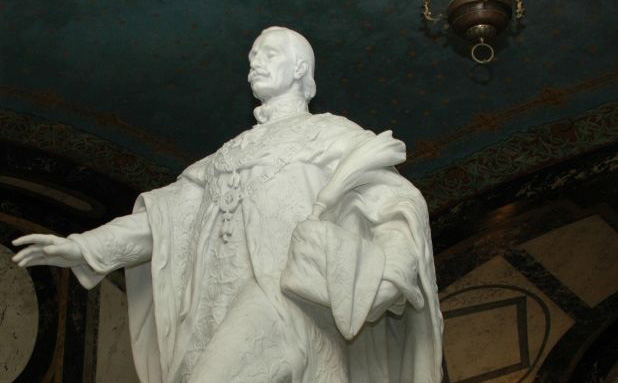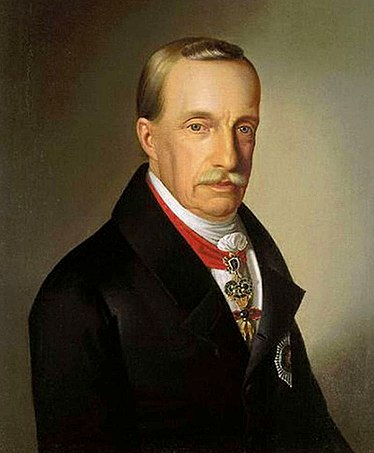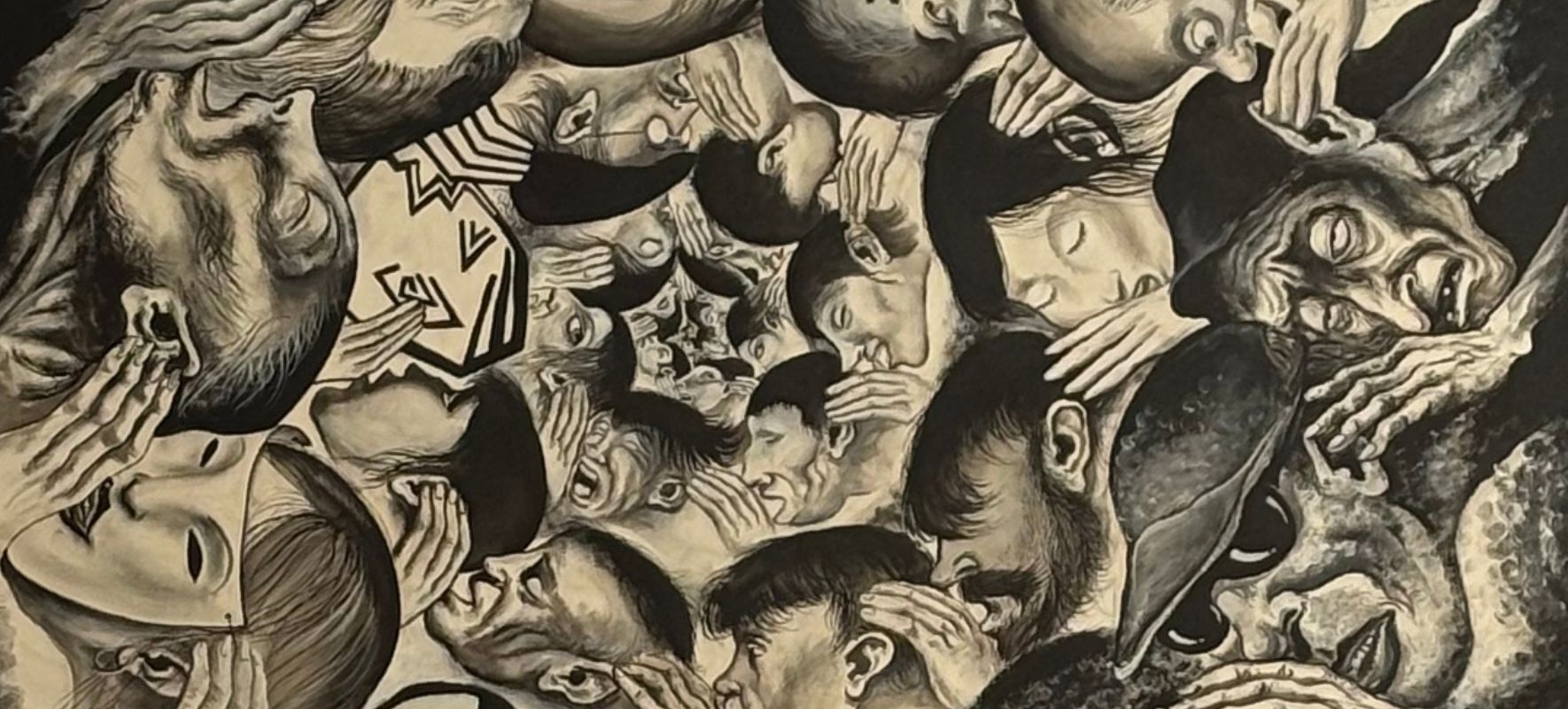
Mosaics from Pesti Vigadó's History
In March 1838, on the right bank of the River Danube people were examining the other side of the river and the town of Pest with an alarmed look on their faces. The situation became worse and worse as time went by, and the River Danube increasingly threatened the town of Pest with an impending flood. Among those fearing a potential flood was Archduke Joseph Anton of Habsburg, who was already at that time, and also later, commonly referred to as Palatine Joseph. It was in front of his very eyes that his dreams of a modern and greater town of Pest were buried under the rippling waves of the water. The town of Pest was unfortunately doomed: within a few days out of the 2000 hectares of inhabited land, over 1800 hectares were flooded by the river and not fewer than 3000 residential buildings were destroyed. During the disaster that took the lives of 150 people and caused another 50,000 to lose their homes, Palatine Joseph's concern with and care for the destitute was even more visible: he used his own funds to support the hungry, every day he had several thousand loaves of bread distributed among those in need, and he immediately opened 36 of the rooms of his own Buda-based palace to provide homes for those who were without shelters. His good deeds to support the destitute during the Great Flood of Pest clearly show his determination and his will to act, but even these deeds are incapable of signalling how much Hungary is to thank the most Hungarian of all Habsburgs.
Joseph Anton of Habsburg, who was directly related to the imperial family of the Austro-Hungarian Monarchy, had walked a long walk before he became to be known as the beloved Palatine Joseph to the Hungarians. Palatine Joseph was born in Florence in 1776 as Erzherzog Joseph Anton Johann Baptist von Österreich. His life completely changed in the 1790s, when his father and after his father's death his brother inherited the imperial throne. The third of the brothers, Archduke Alexander Leopold of Austria, Palatine of Hungary died at a young age in 1795. Thus Francis I of Austria appointed Alexander's brother Joseph Hungary's Imperial Governor on 20th September in the same year. In the next year, Archduke Joseph, who by that time could speak good Hungarian, was elected Palatine of the Hungarian Kingdom by the Hungarian Parliament then seated in Bratislava.

In 1808, the Palatine founded the so-called Beautifying Committee to advise on issues concerning the development of the town of Pest: the Committee had a decisive role to play in forming Pest to be the city we know today through realizing the Palatine's plans and through lending the town of Pest a unifying look and design. As part of these efforts, the Palatine's role in the construction of Redoute was also vital: he personally recommended the construction of a theatre and a ballroom to his brother Emperor Francis I. The first building to have been constructed according to his plans was the German-language Town Theatre of Pest on the basis of designs by Johann Aman. In fact, the Viennese Court was not so much willing to construct the ballroom in much haste following the completion of the theatre. Therefore, it is quite likely that the plans of the ballroom would never have been executed unless in 1821 Palatine Joseph had entrusted Mihály Pollack, who was the supervisor of the construction of the German-language Town Theatre of Pest, with drawing up the implementation plans of Redoute, which building once stood in the place of Pesti Vigadó. In the following years, the Imperial Court increasingly backed the plans it had been presented, and this support paved the way for Mihály Pollack in 1829 to start realising his most outstanding lifework: the construction of the finest achievement of Pest-based Classicist style buildings, later to be called Redoute.
Owing to its 3 metre-high flood, the 1838 Great Flood of Pest left long-lasting scars on the town of Pest and in the memory of the Hungarian nation. Acting as the chief of rescue works, Palatine Joseph also assumed a lion's share in the ensuing reconstruction works, which he also supported from his own funds. In commemoration of this, the Hungarian nation will always remember his heroic deeds and activities to promote the town of Pest to become a greater city. Palatine Joseph's death one year prior to the Hungarian Revolution of 1848 shook the entire Hungarian nation. Who knows how the course of Hungarian history would have turned out if the position of Palatine had still been assumed by the most Hungarian of all Habsburgs in March 1848, at the beginning of the Hungarian Revolution against the Habsburg rule?




